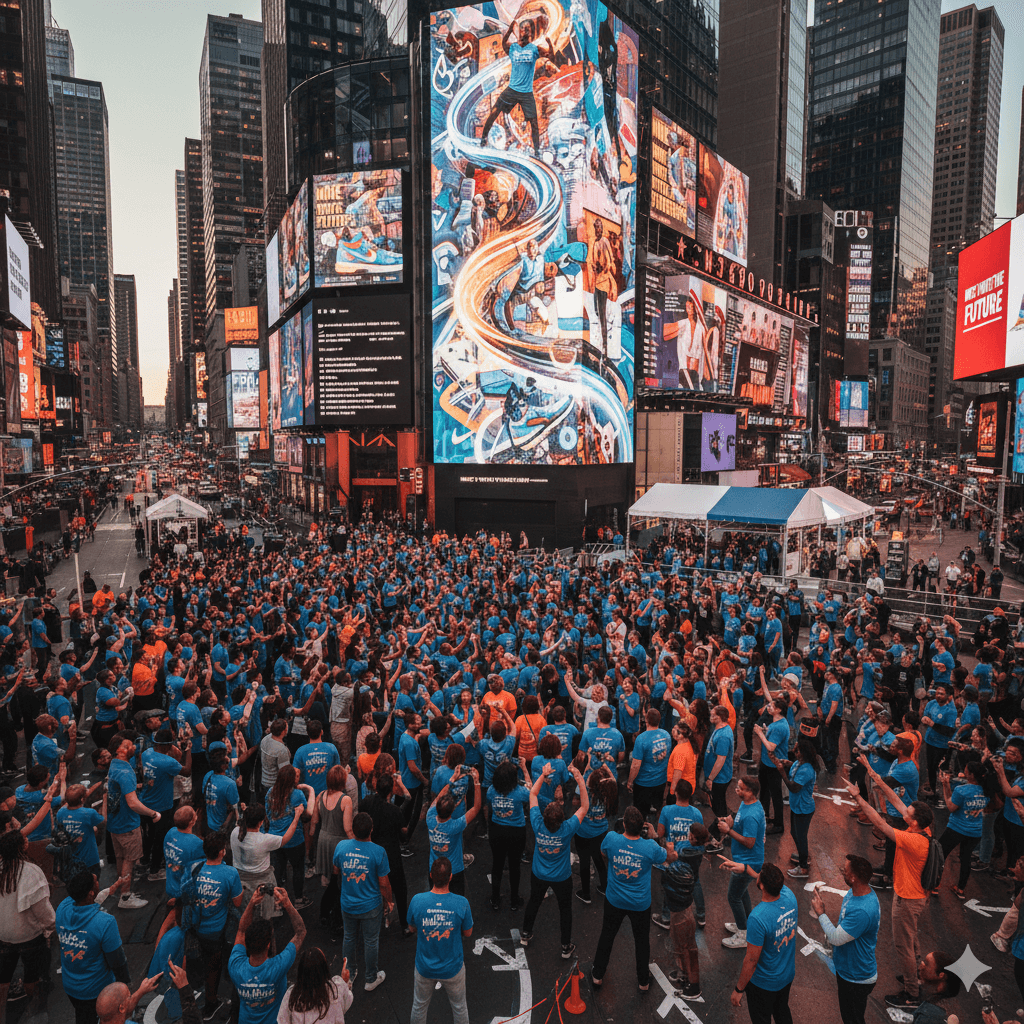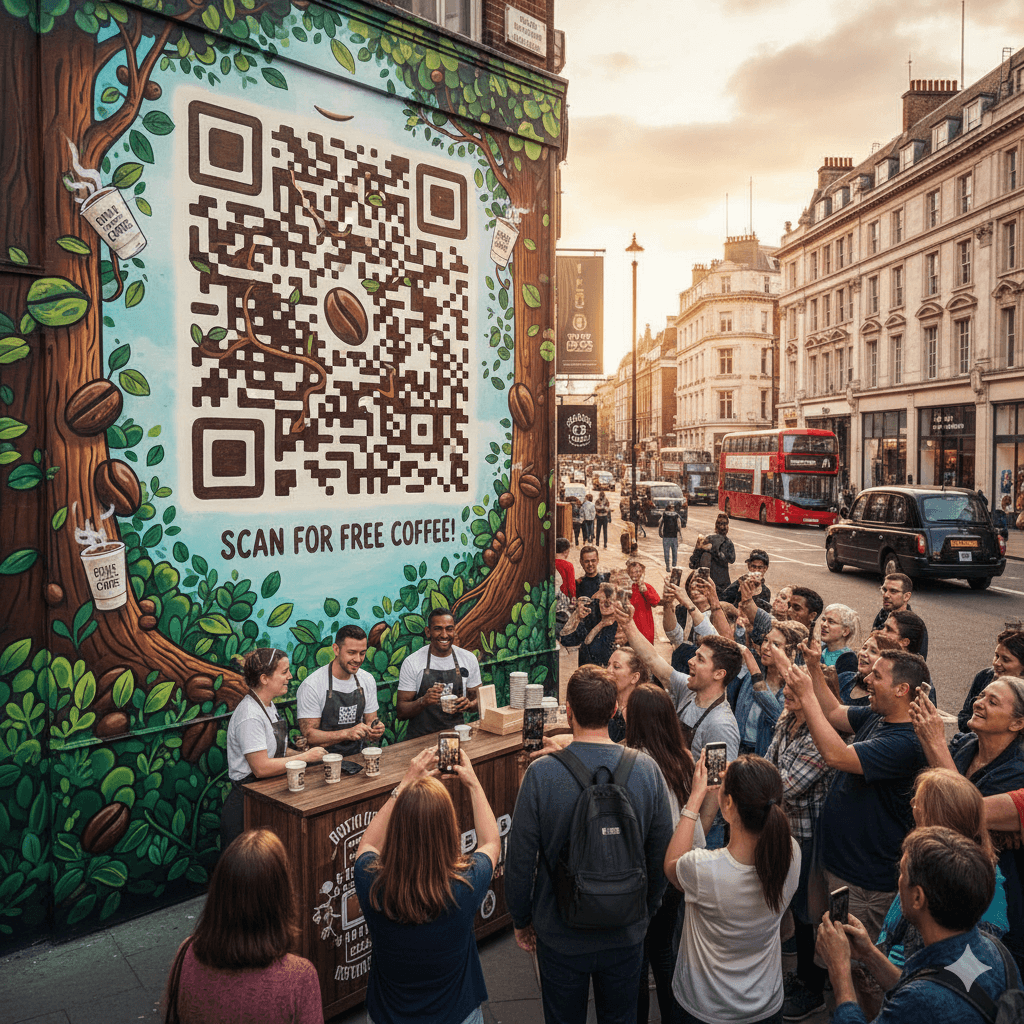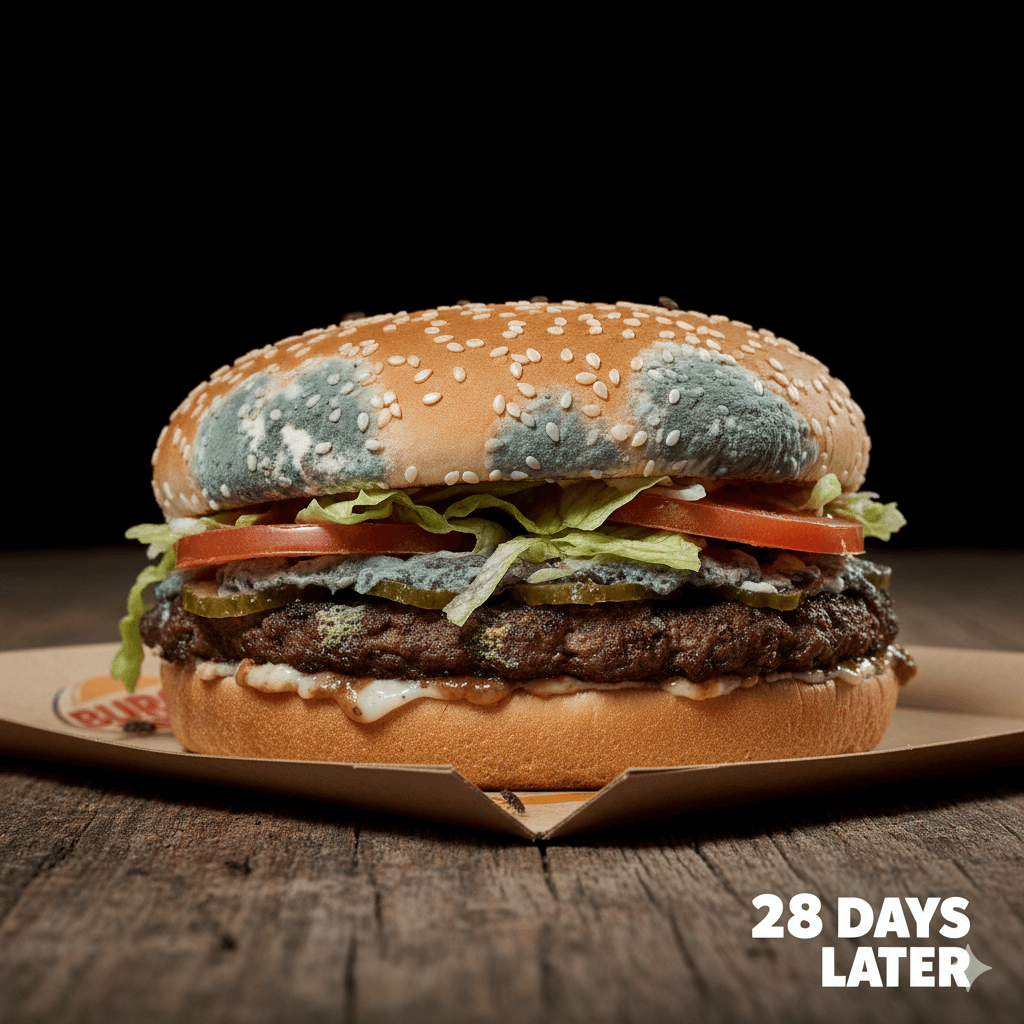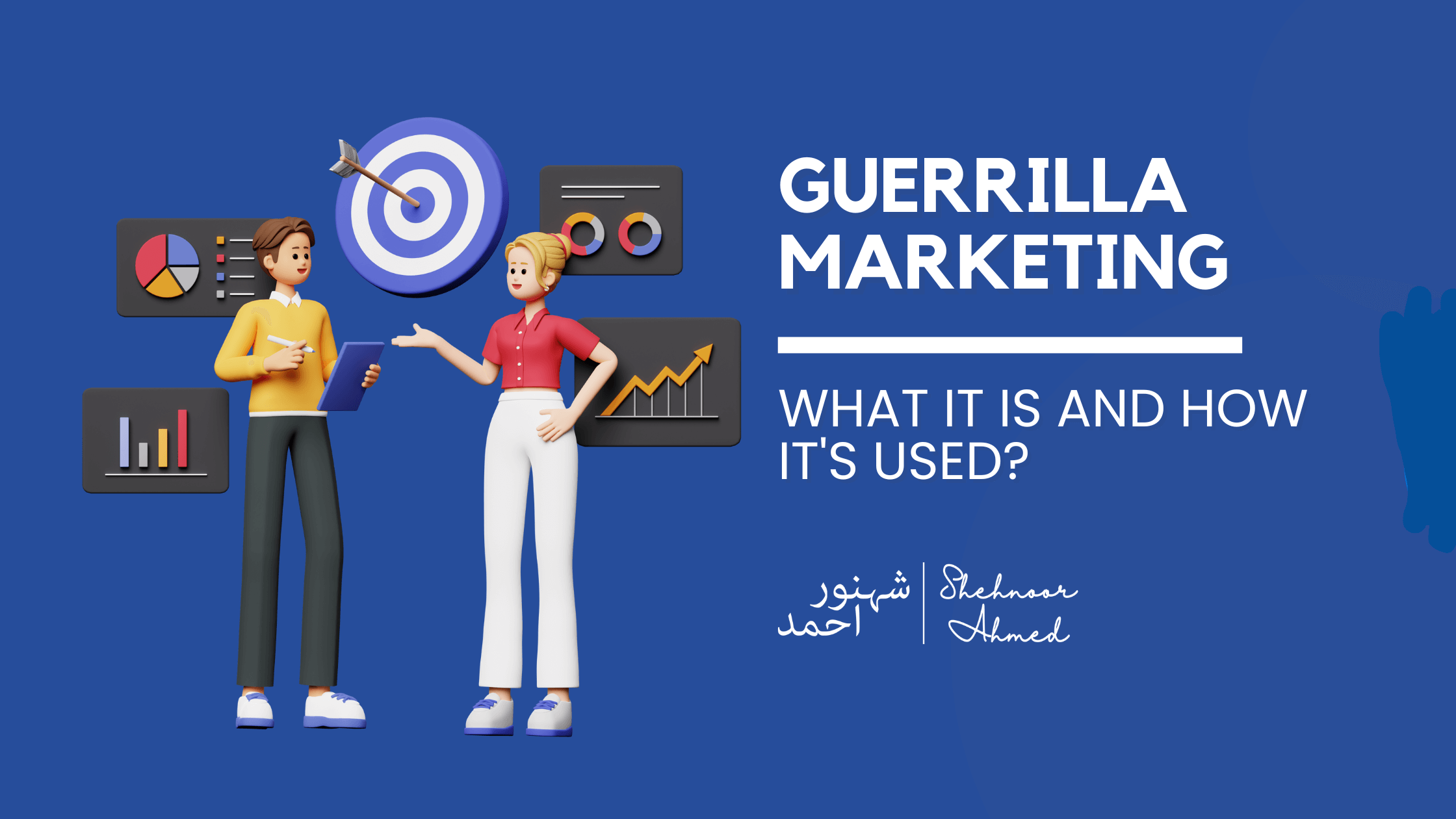Why Guerrilla Marketing Is Changing the Advertising Game
In a world saturated with ads, pop-ups, billboards, and influencer promos, how do brands break through the noise? The answer lies in guerrilla marketing: an unconventional, bold, and often low-cost strategy designed to spark curiosity, surprise, and word-of-mouth buzz.
Unlike traditional marketing methods that rely on heavy budgets and large-scale campaigns, guerrilla marketing thrives on creativity, timing, and impact. It’s not about how much you spend, but how clever and memorable your message is.

From flash mobs in Times Square to street art that makes people pause, guerrilla tactics are revolutionising how brands communicate, especially in 2025’s fast-paced, digital-first landscape.
Let’s explore the full scope of guerrilla marketing, what it is, how it’s used, and why it’s a powerful tool for businesses looking to stand out without breaking the bank.
What Is Guerrilla Marketing? Definitions & Key Terms Explained

To understand guerrilla marketing, think of it as advertising that breaks the mould.
Coined by Jay Conrad Levinson in the 1980s, the term draws inspiration from guerrilla warfare, small, surprise attacks that rely on strategy over strength. Similarly, guerrilla marketing uses unexpected, creative tactics to make a strong impact.
Key Terms:
- Guerrilla Marketing Definition: A strategy that uses surprise or unconventional interactions to promote a product or service, often in public spaces.
- Guerrilla Advertising Definition: Advertising a product or service in an unusual, low-cost, high-impact way, typically outside of traditional media.
- Guerrilla Tactics Definition: Creative, low-budget promotional strategies designed to generate surprise, emotion, or conversation.
Unlike traditional marketing campaigns, guerrilla marketing can happen anywhere, on a subway, in a park, or even on a coffee cup. That’s the magic: it transforms everyday spaces into unforgettable brand moments.
Guerrilla Advertising Examples That Turned Heads

Here are some real-world guerrilla marketing examples that show its impact:
Coca-Cola’s “Happiness Machine”
A vending machine gave out not just soda, but flowers, pizza, and balloons, delighting students and boosting emotional connection with the brand.
IKEA’s Subway Showroom
In New York, IKEA transformed subway cars into furnished living spaces, showcasing products in a way that surprised and engaged commuters.
Burger King’s Moldy Whopper

By showing a Whopper decaying over time, Burger King highlighted its move away from preservatives, an unusual but attention-grabbing campaign.
Local Chalk Art for Barbershops
In cities like London, some barbers draw cheeky sidewalk art and arrows to guide passersby to their shop, clever, low-cost, and memorable.
These campaigns prove that guerrilla advertising works best when it’s clever, relevant, and emotionally resonant.
Guerrilla Marketing vs. Traditional Marketing: What Sets It Apart?
While traditional marketing relies on budgets, media buys, and predictable channels like TV and PPC ads, guerrilla marketing is different:
| Feature | Traditional Marketing | Guerrilla Marketing |
| Budget | Usually high investment | Low-cost, resourceful |
| Channel | TV, radio, print, digital ads | Public spaces, street campaigns, viral stunts |
| Impact | Broad reach but often passive | Targeted, surprising, and memorable |
| Creativity | Standardized and polished | Bold, unconventional, and highly creative |
Guerrilla marketing is ideal for brands with limited resources who want to make a big impact by thinking outside the box.
How Small Businesses and Global Brands Use Guerrilla Strategies Differently
Small Businesses
These brands typically use guerrilla tactics to connect locally. Examples include:
- Handing out flowers or coffee coupons
- Hosting sidewalk games or giveaways
- Writing creative messages on chalkboards
It’s personal, cost-effective, and generates local buzz.
Global Brands
Large brands use guerrilla tactics as part of integrated campaigns, combining real-world stunts with digital amplification.
Example:
Nike’s “Write the Future” mural campaign turned city walls into digital storytelling hubs that were later shared globally on social media.
Both approaches are valid, the key is understanding your audience, context, and message.
Shehnoor Ahmed on Guerrilla Marketing: High Impact, Low Budget
“Guerrilla marketing is not just about stunts or being clever, it’s about meaningful disruption.”
, Shehnoor Ahmed, Marketing Strategist | shehnoorahmed.com
According to Shehnoor Ahmed, guerrilla marketing gives small brands a powerful tool to stand out in competitive markets.
“With the right idea, even a small campaign can go viral, spark media coverage, or generate leads, without spending heavily on ads.”
Shehnoor often recommends pairing offline guerrilla tactics with online content like short-form videos or blog posts to amplify the impact.
Where and When to Use Guerrilla Marketing (And When Not To)
Best Places to Use Guerrilla Tactics:
- Urban centres with heavy foot traffic
- College campuses and festivals
- Cafés, gyms, and co-working spaces
- Public transport stations
Best Times:
- Cultural events or seasonal shopping peaks
- Trending moments or awareness weeks
- Product launches and rebranding campaigns
When Not to Use Guerrilla Marketing:
Avoid tactics that:
- Infringe on personal space
- Cause confusion or public unrest
- Damage public or private property
- Involve false claims or mislead the audience
Tip: Always check for legal permissions, safety concerns, and brand alignment before launching any guerrilla campaign.
Final Thoughts
In today’s crowded media world, blending in means being ignored.
Guerrilla marketing empowers brands to be bold, original, and human, all while staying on budget. Whether you’re a solo founder, a startup team, or a growing brand, guerrilla tactics can ignite awareness, engagement, and loyalty.
Ready to Take Action?
Want to explore how guerrilla marketing could work for your brand?
Contact Shehnoor Ahmed at hello@shehnoorahmed.com
Or book 1:1 Consultation for expert insights and practical frameworks to level up your marketing game, authentically and affordably.

FAQs
1. What is guerrilla marketing?
It’s a creative, low-budget approach to marketing that uses unconventional tactics to engage audiences, usually in public or unexpected places.
2. How is guerrilla marketing different from traditional marketing?
Guerrilla marketing thrives on surprise, emotion, and creativity, unlike traditional ads which rely on media buys and large-scale reach.
3. What are some effective guerrilla tactics?
- Street art or murals
- Flash mobs
- Product samples in surprising places
- Interactive installations
- QR codes leading to online rewards
4. Can small businesses benefit from guerrilla advertising?
Absolutely. With clever execution, small brands can create memorable moments that connect deeply with local audiences.
5. Are there any risks?
Yes. Poorly planned campaigns can backfire. Ensure you follow legal and ethical guidelines, and always prioritise safety and respect.




